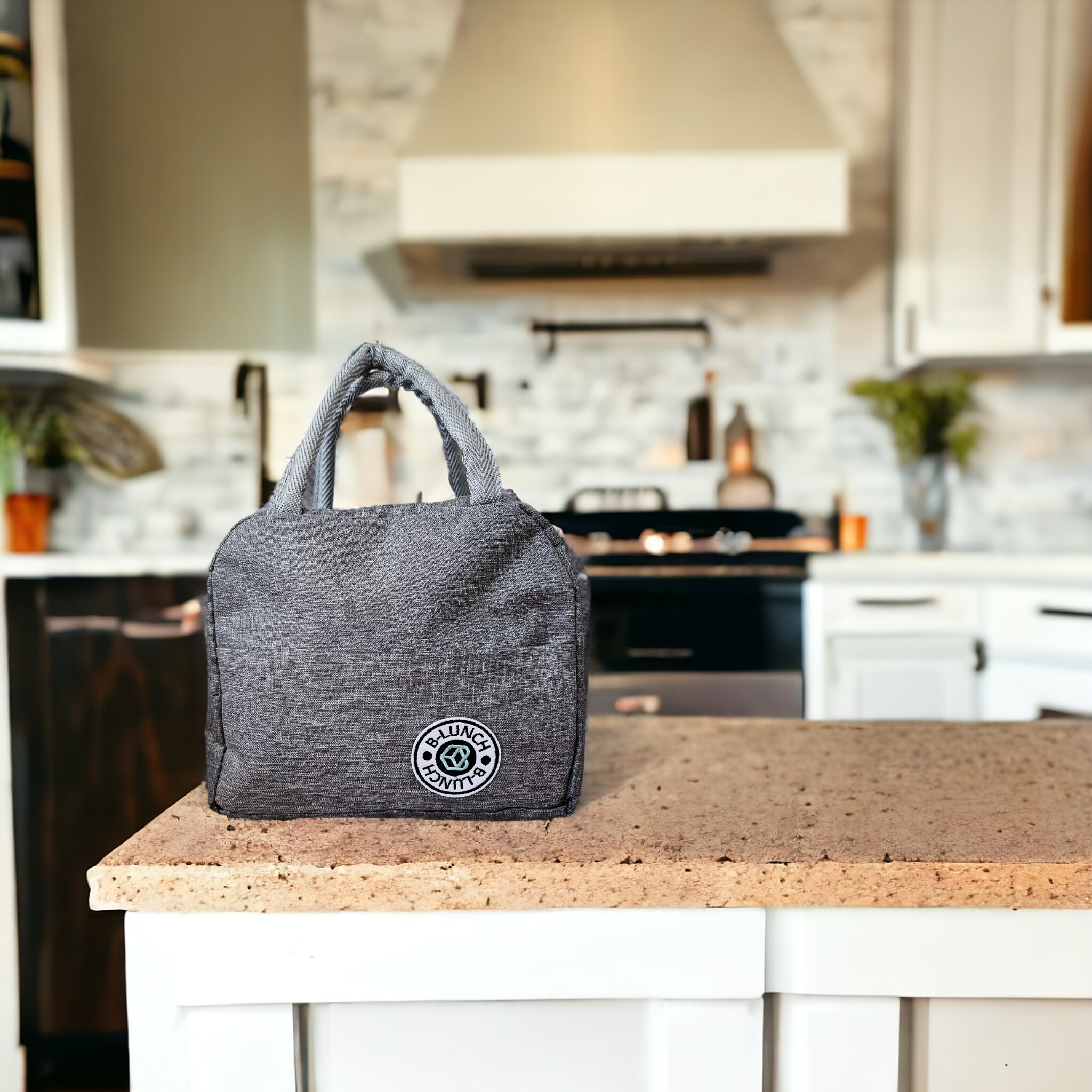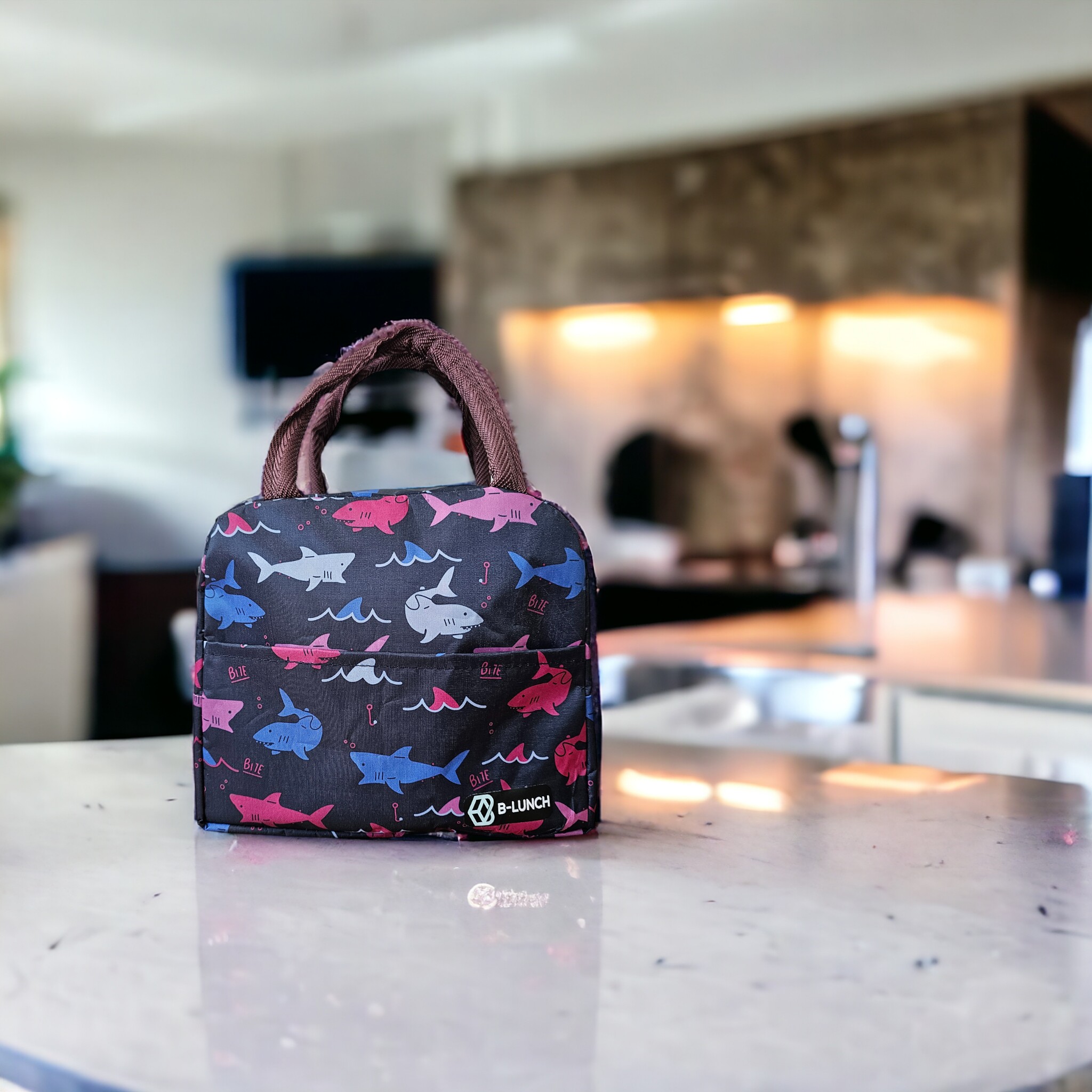
Insulated lunch bags are a popular choice for keeping food fresh and at the right temperature when you’re on the go. They are designed to maintain the temperature of your food—whether hot or cold—for an extended period. But what happens when you need to store your insulated lunch bag in the refrigerator? Is it safe, and does it enhance the bag’s performance? Let’s dive into the details.
Can You Refrigerate an Insulated Lunch Bag?
The simple answer is yes, you can put an insulated lunch bag in the refrigerator. Insulated lunch bags are made with materials such as foam or thermal linings that are designed to slow the transfer of heat. While this functionality is primarily intended to keep your food cool or warm without refrigeration, placing the bag in the refrigerator is perfectly fine and does not harm the bag or its insulation properties.
However, there are some things to consider for optimal use and storage.
Key Considerations When Refrigerating an Insulated Lunch Bag
- Food Safety First
The main purpose of an insulated lunch bag is to keep food at a safe temperature during transport. However, if your food needs to remain cold for a longer period, adding ice packs inside the bag and refrigerating it can provide an extra layer of safety. This is especially important for perishable items like dairy, meat, or pre-prepared meals that must stay below 40°F (4°C) to avoid bacterial growth. - Condensation Concerns
When placing an insulated lunch bag in the refrigerator, you may notice condensation forming on the outside of the bag, especially if the refrigerator is set to a low temperature. Over time, this moisture can seep into the bag or the outer fabric, potentially causing odors or mildew. To prevent this, ensure that the bag is completely dry before putting it into the fridge. - Space and Efficiency
Insulated lunch bags can take up considerable space in a refrigerator. If the bag is full, it may block airflow, potentially affecting the cooling efficiency of the fridge. Consider unpacking the contents of the bag into the fridge instead, especially for longer-term storage. - Material Durability
Most insulated lunch bags are designed to withstand a variety of environments, but it’s always good to check the manufacturer’s guidelines. While most bags handle refrigeration well, others might not tolerate prolonged exposure to moisture or extreme cold. Over time, repeated refrigeration might affect the integrity of certain materials, such as zippers or fabric coatings.
Tips for Maximum Effectiveness
- Use Ice Packs: Adding ice packs or frozen gel packs to your insulated lunch bag can enhance its cooling capabilities, even in the refrigerator.
- Store Dry: Always ensure the bag is clean and dry before placing it in the fridge to avoid smells and bacterial growth.
- Limit Time: While refrigeration won’t damage the bag, avoid leaving it in the fridge unnecessarily if unpacking the food is a better option.
Conclusion
Placing an insulated lunch bag in the refrigerator is not only safe but can be a practical way to keep food fresher for longer. However, proper maintenance of the bag and attention to storage conditions are essential for longevity and food safety. By understanding the features and limitations of your insulated lunch bag, you can use it effectively both inside and outside the refrigerator. Refrigerating the bag can enhance its cooling capabilities, especially when paired with ice packs, making it an excellent option for storing perishable items. Additionally, this practice helps reduce the risk of spoilage during transport by starting with a lower temperature base. Whether you’re using the bag for daily lunches, picnics, or travel, combining refrigeration with the bag’s insulating properties ensures your food stays safe and fresh. With the right care, your insulated lunch bag can remain a reliable companion for preserving your meals.











